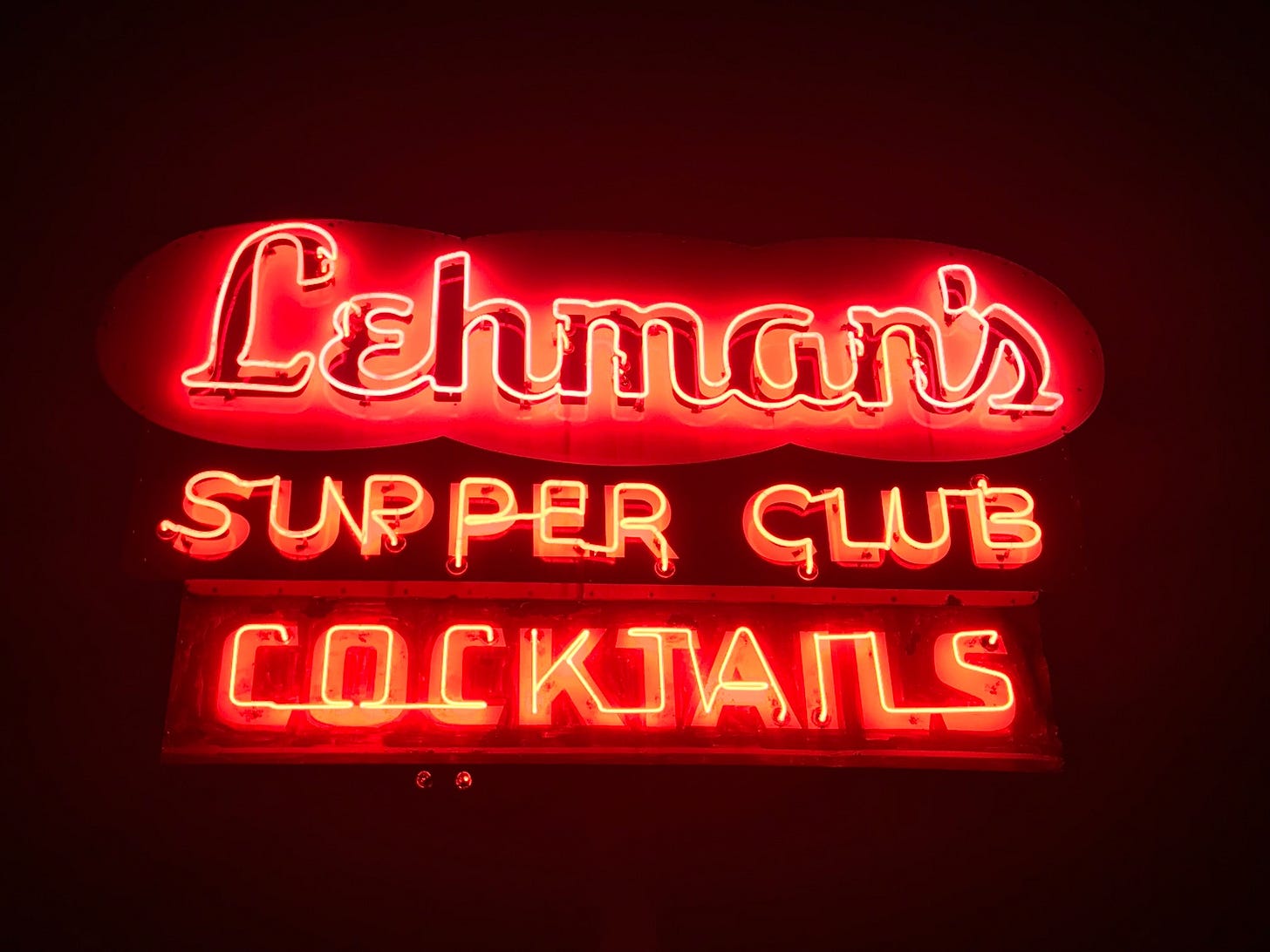How to Tell If You're in a Supper Club
Look For These Signs.
When I talk about my love of supper clubs, the homey time-warp restaurants that, with few exceptions, you only find in my home state of Wisconsin, people often ask me what, exactly, a supper club is and how it differs from a regular restaurant.
It’s a good question and one any devoted patron of supper clubs has had to address at some point or another. Fortunately, supper club meals are long, and have afforded me plenty of time to contemplate what sets supper clubs apart from other restaurants.
Supper clubs came to be in the early 20th century, a time when restaurant options were few, particularly in rural areas, and restaurant chains were non-existent. The “club” part of the name wasn’t a reference to membership in a private organization, but a nod to the kind of early-20th-century entertainment venue that provided not only dinner and drinks but entertainment and the opportunity to dance. (Look at old movies from the 1930s. The characters are always going to clubs, where their meals are punctuated by live music and a turn or two on the dance floor.) If you look closely at some of the older supper clubs, the ones that haven’t been fully renovated, you can see where the band might have set up and where the dance floor would have been.
Over time, the entertainment aspect of the supper club disappeared, leaving just the “supper.” But the restaurants are still regarded as package deals, a place where you spend your whole evening and dine and drink at a leisurely pace.
OK, so, that’s what supper clubs were. But what are they now, and why do they still deserve a separate name and identity within the greater dining world? Below, you’ll find my list of identifiers, born of many years of supper club-going. Use it next time you enter a Wisconsin eating establishment and aren’t sure whether you’ve crossed into Supperclubland or not.
If you’d like to continue reading this post, please subscribe - at about $1.50 a week, it costs less than a newspaper, but means a lot to The Mix.


